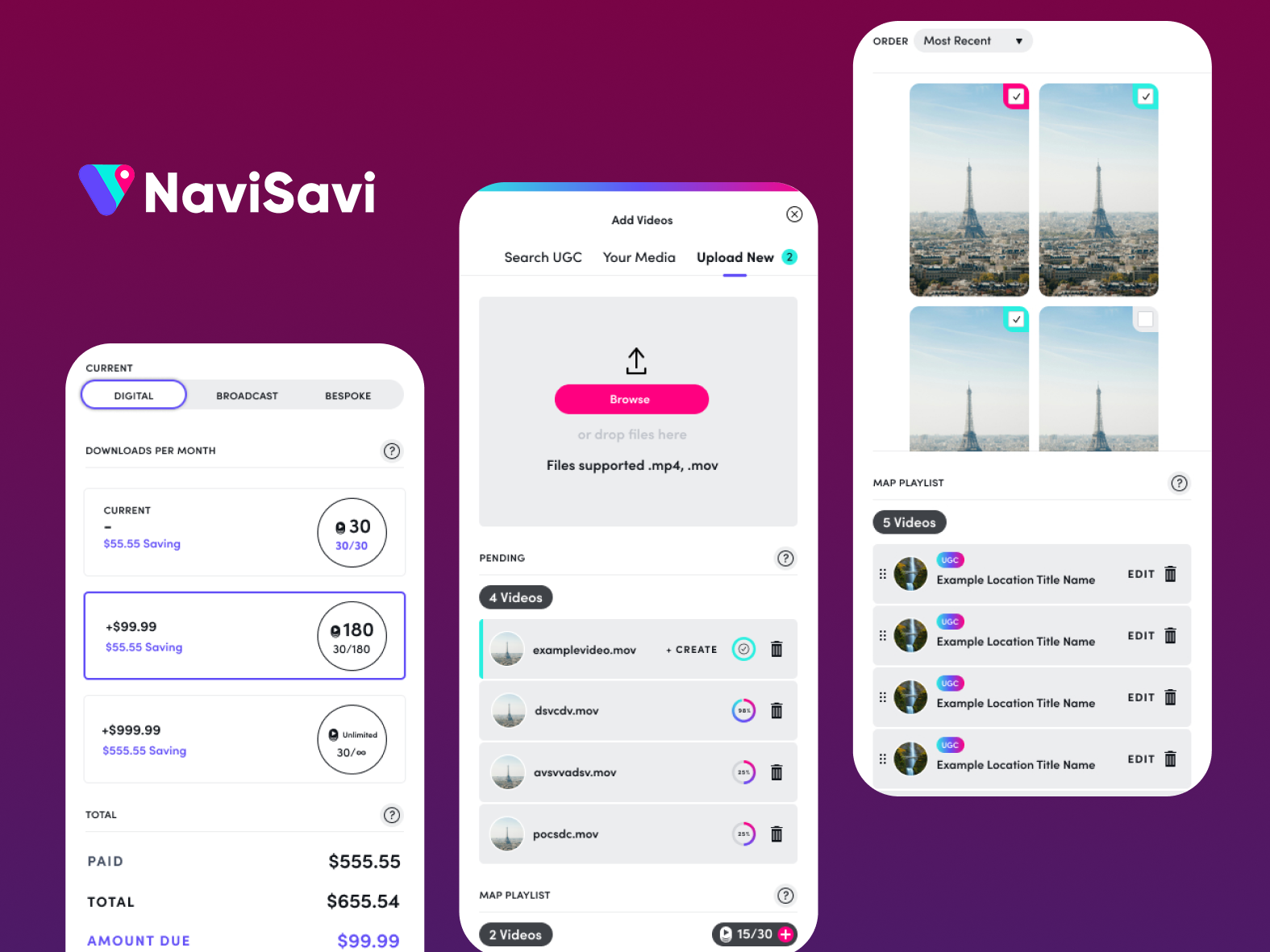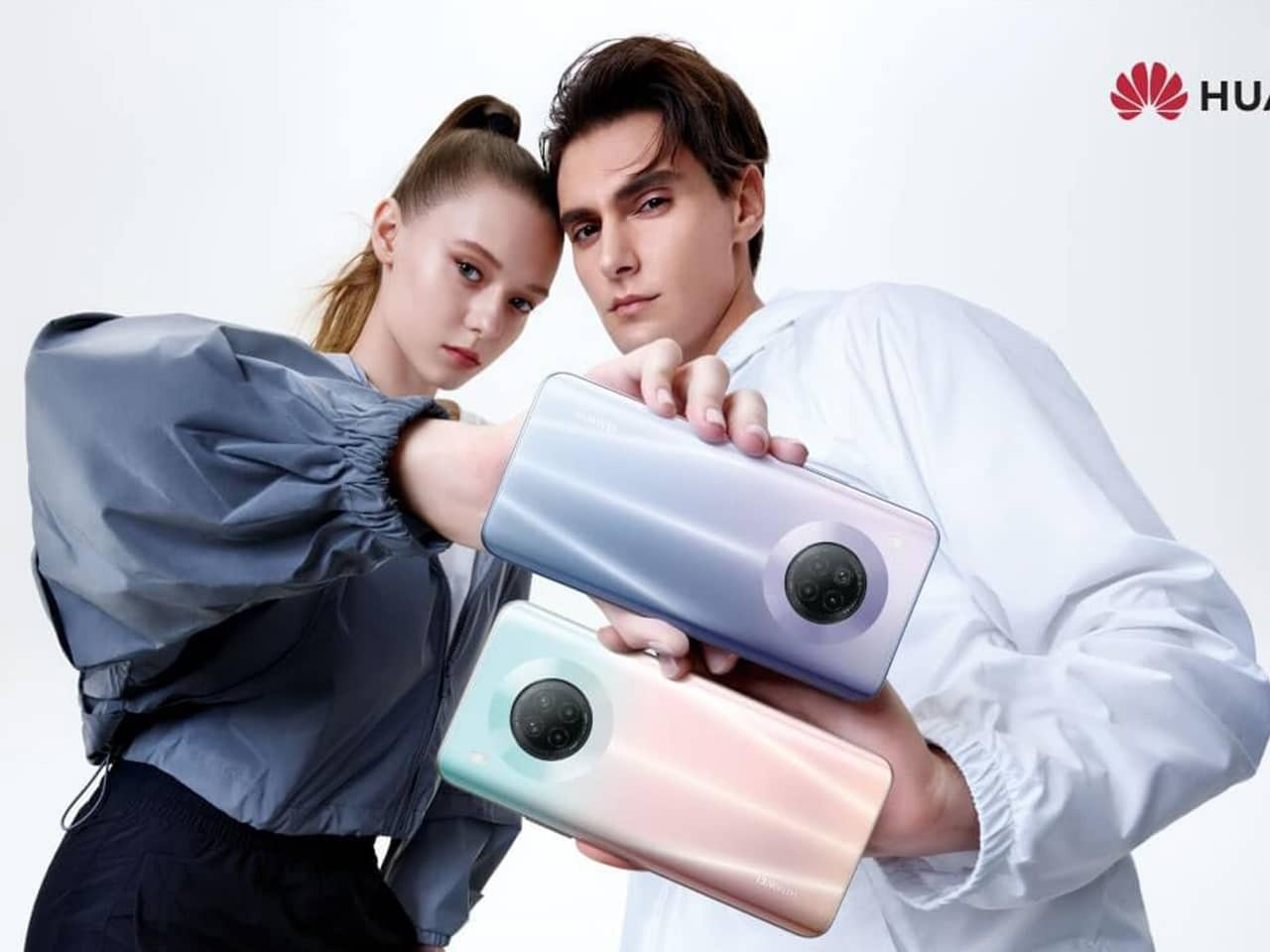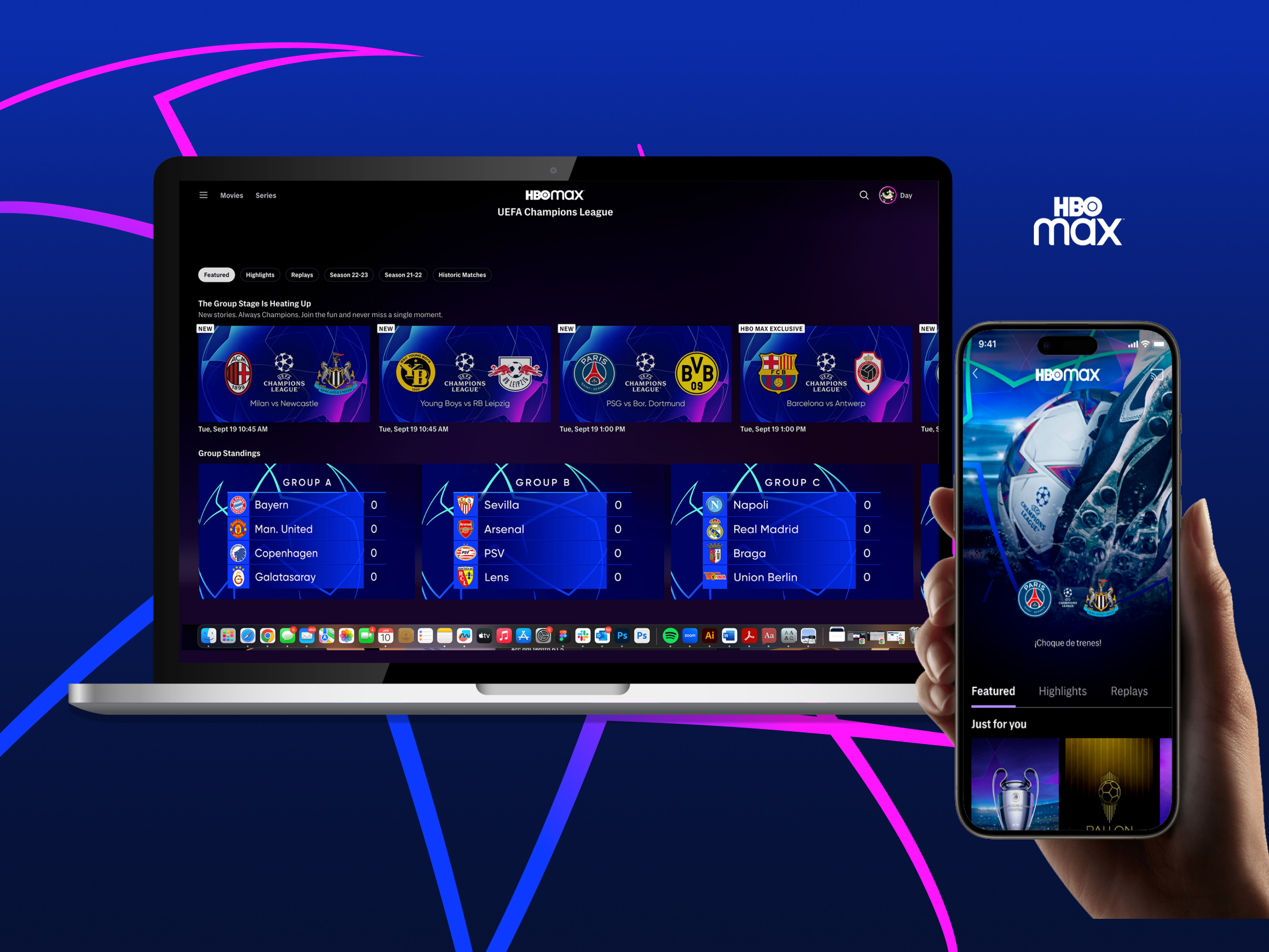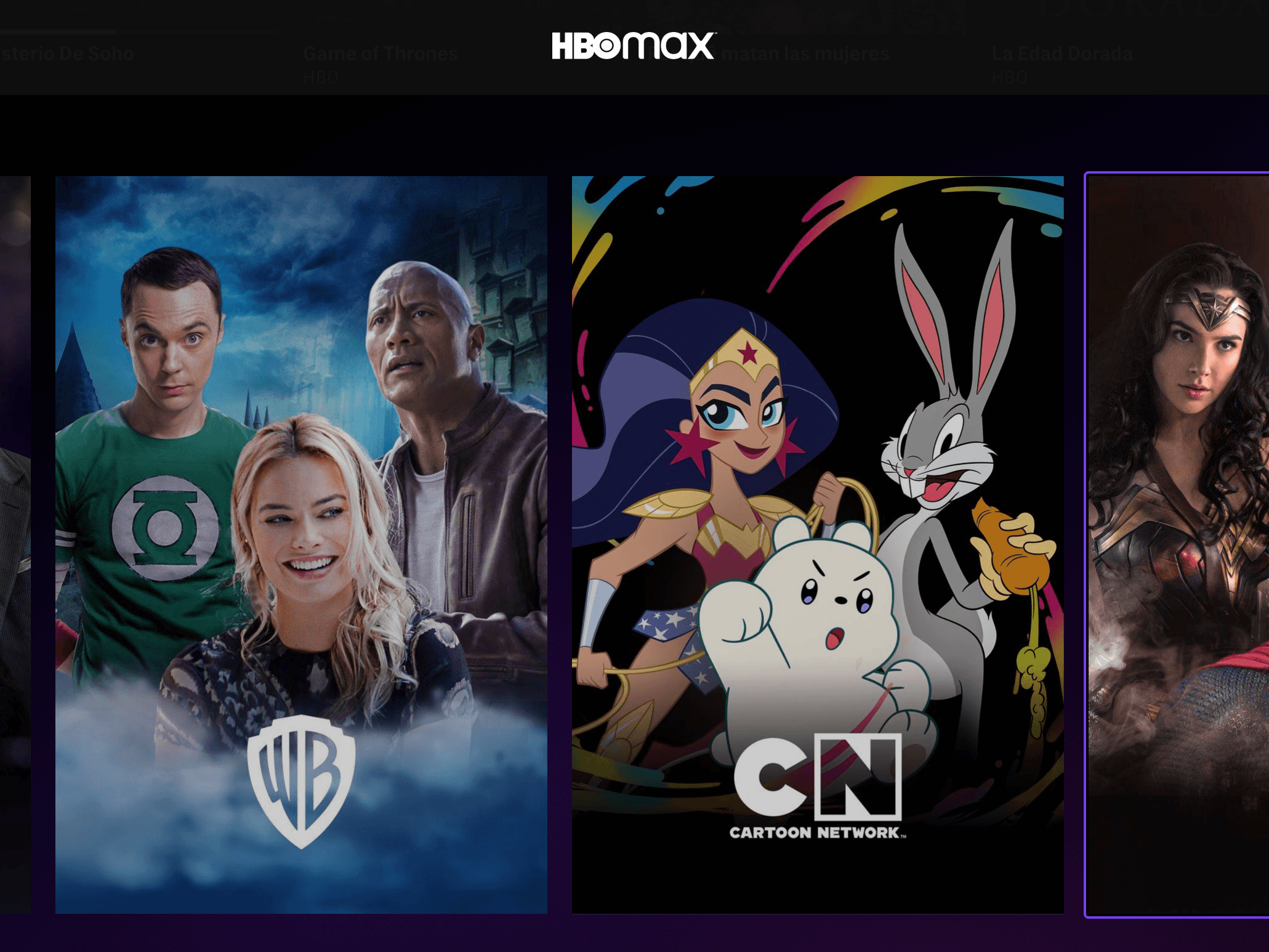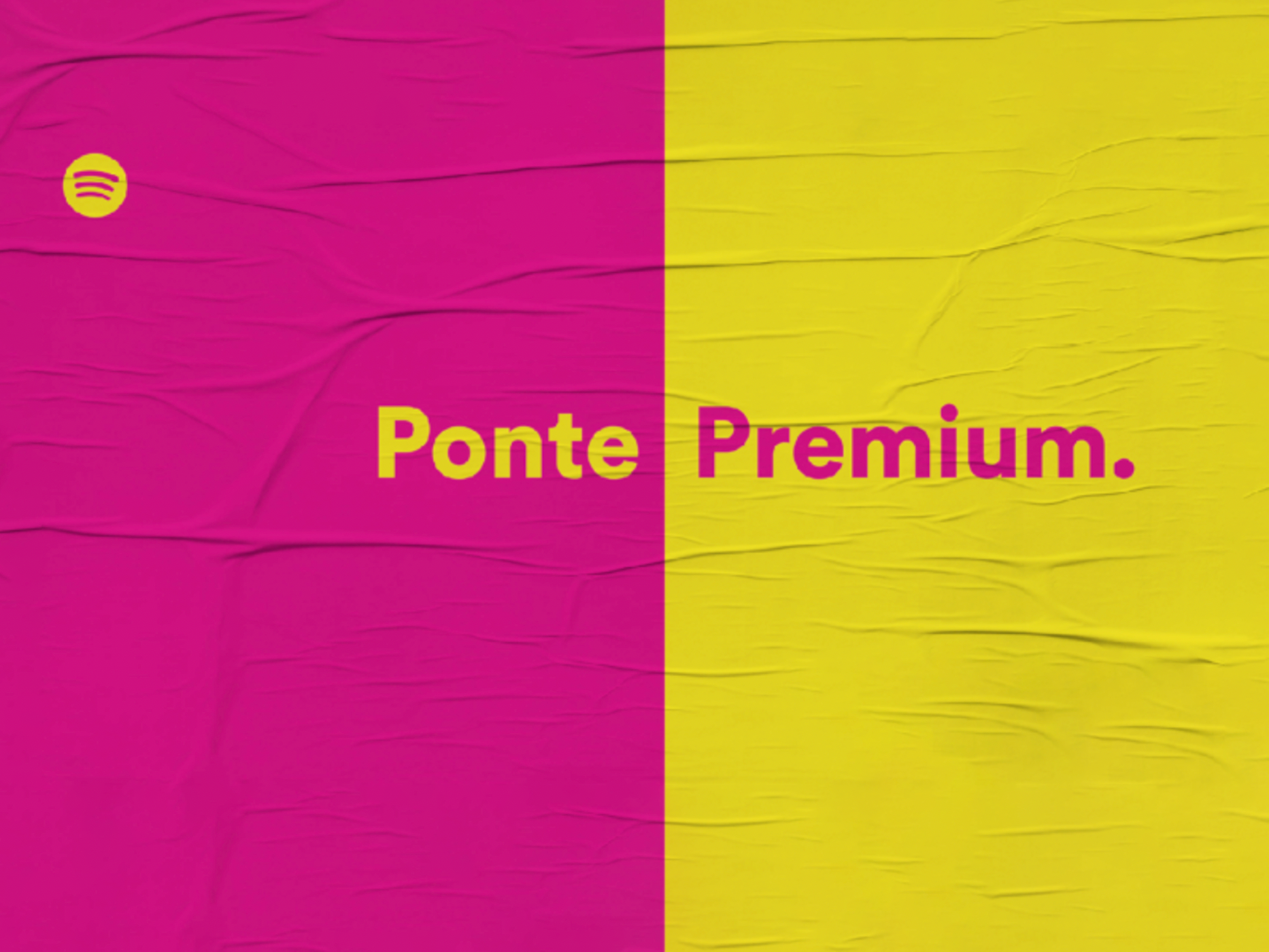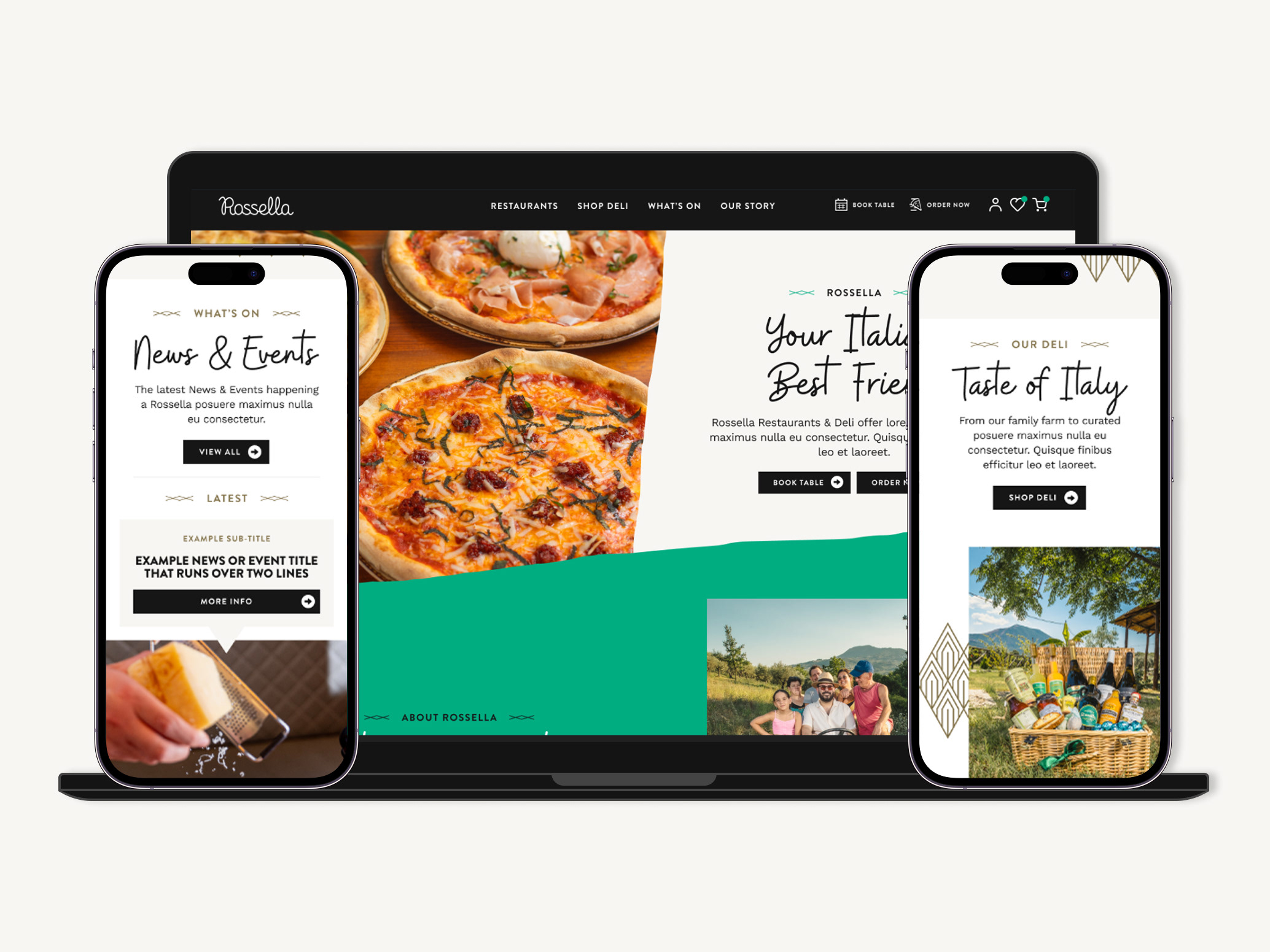Air Europa’s existing in-flight entertainment portal felt outdated and difficult to use, with inconsistent visual design, cluttered navigation, and poor discoverability of essential travel features such as boarding time, seat location, and entertainment options. In a high-stress travel context, this friction not only hindered the user experience but also negatively impacted brand perception.
FLyAR prototype - Figma Link
Role & Process:
As part of my Master’s in UX/UI Design at La Salle University, I led the conceptual redesign of the platform, focusing on user research, UX flows, and a future-facing visual direction.
- Conducted heuristic evaluations and user research to identify usability issues in the original portal.
- Built journey maps and wireframes to simplify navigation and prioritize essential features like seat and boarding details.
- Designed interactive prototypes incorporating an augmented reality layer, allowing travelers to visualize their seat, route, and entertainment options.
- Applied a modular design system for scalability and consistency across tablet and seatback interfaces.
Based on these findings, I mapped the traveler journey to understand emotional and functional needs throughout the experience. This informed my design strategy, which focused on improving navigational clarity, simplifying the visual hierarchy, and introducing augmented reality (AR) as a tool to assist rather than distract. I envisioned AR as a practical feature that could guide users to their gate, boarding zone, or even offer destination highlights directly from their mobile device.
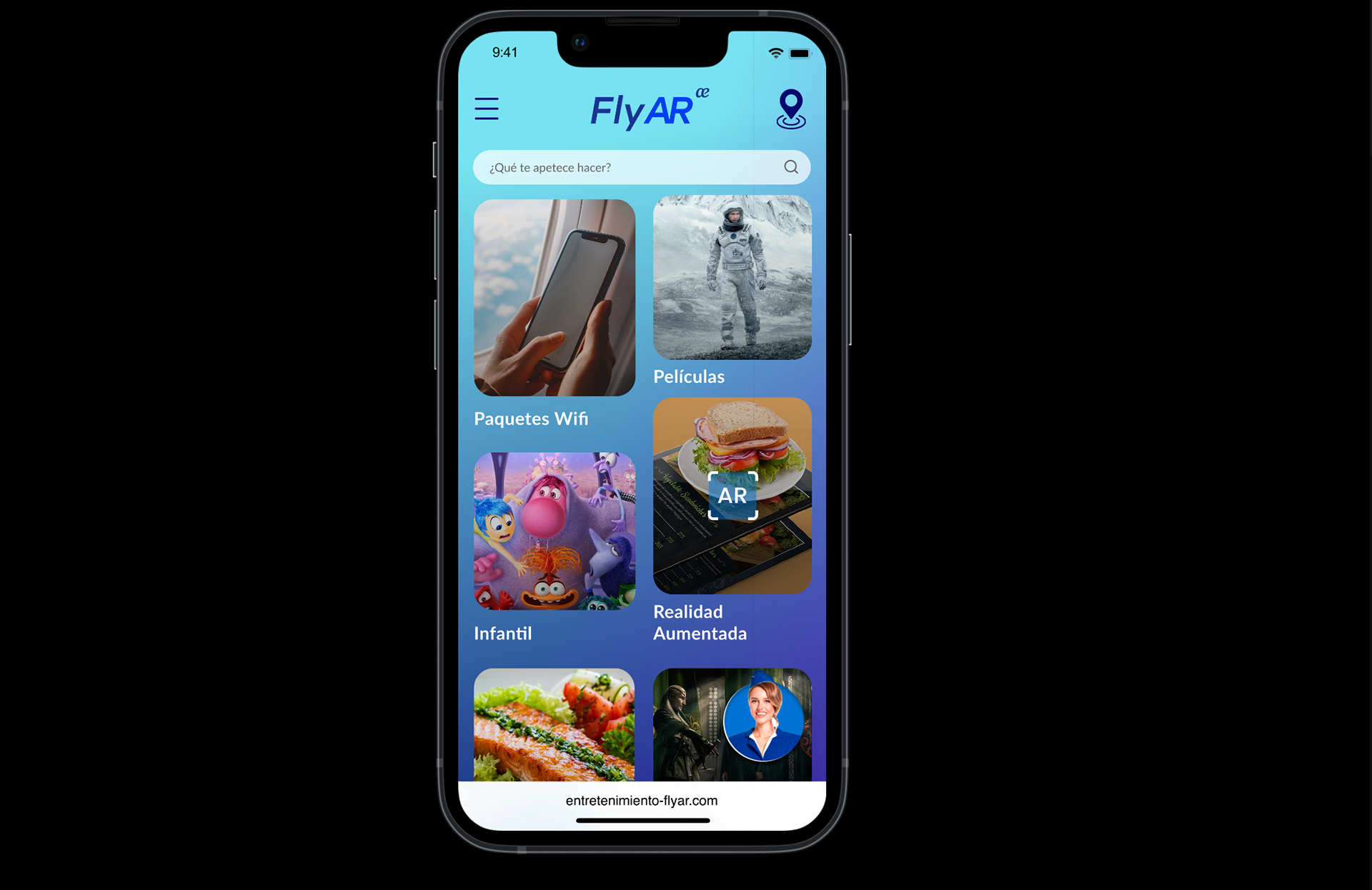
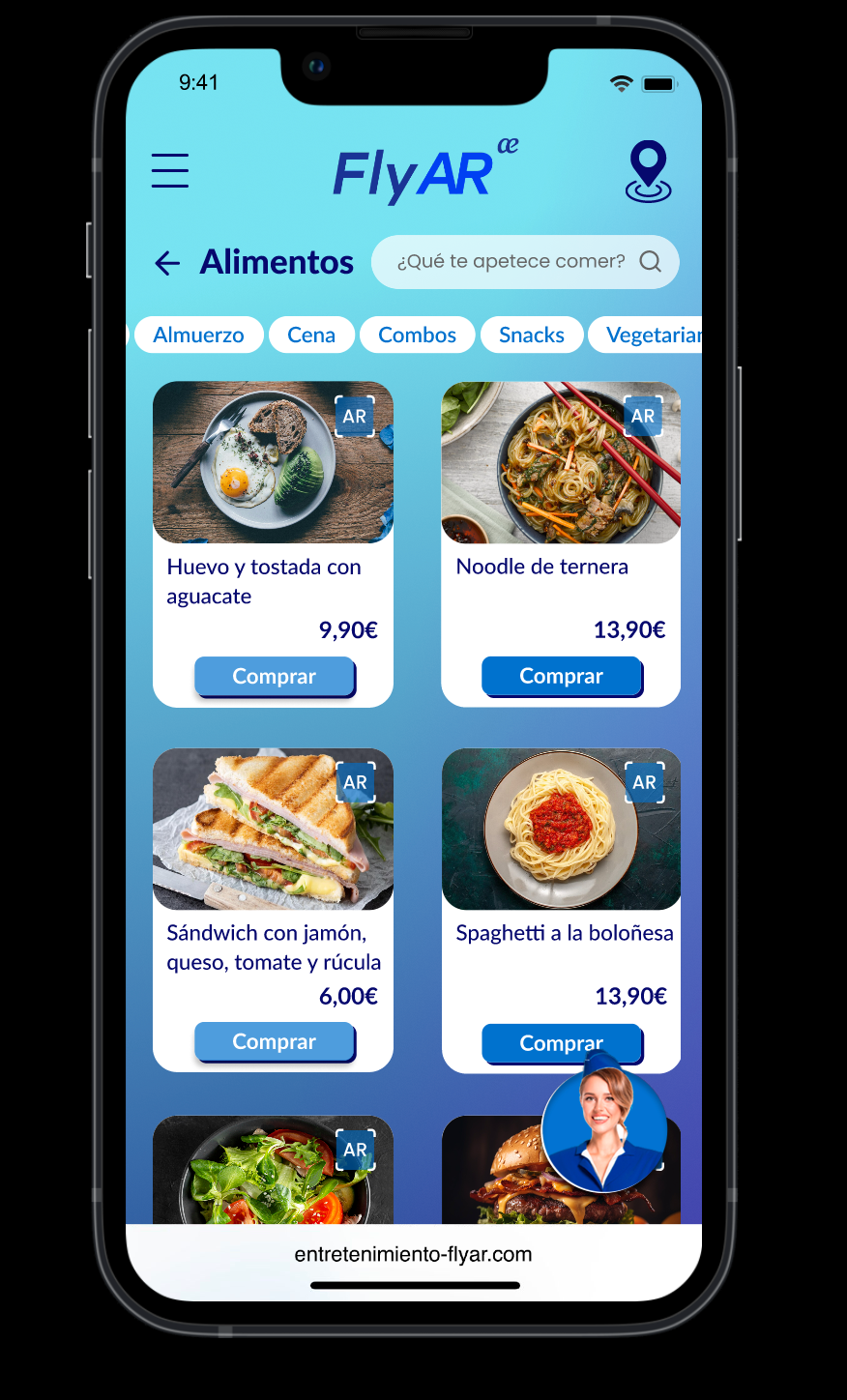
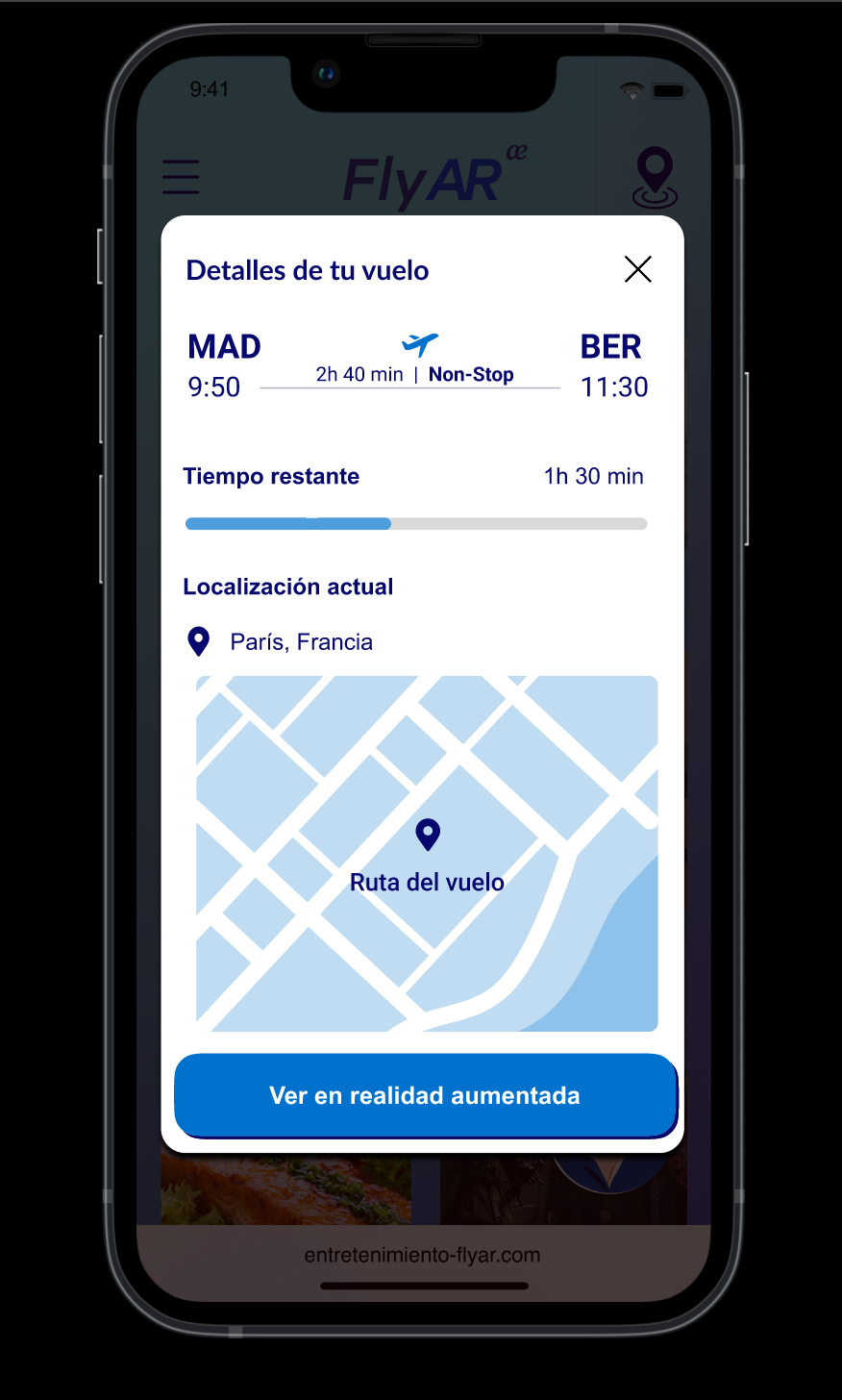
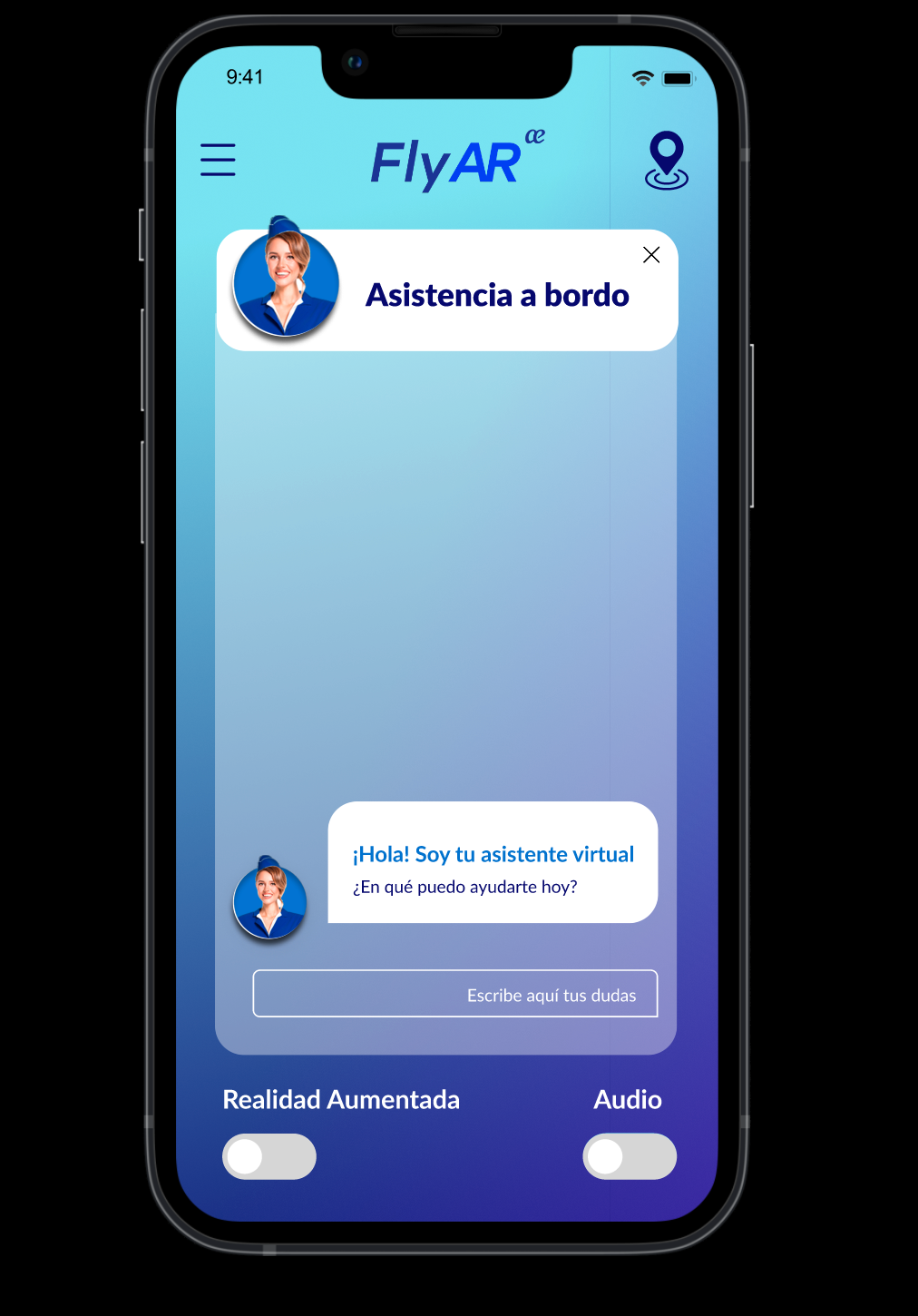
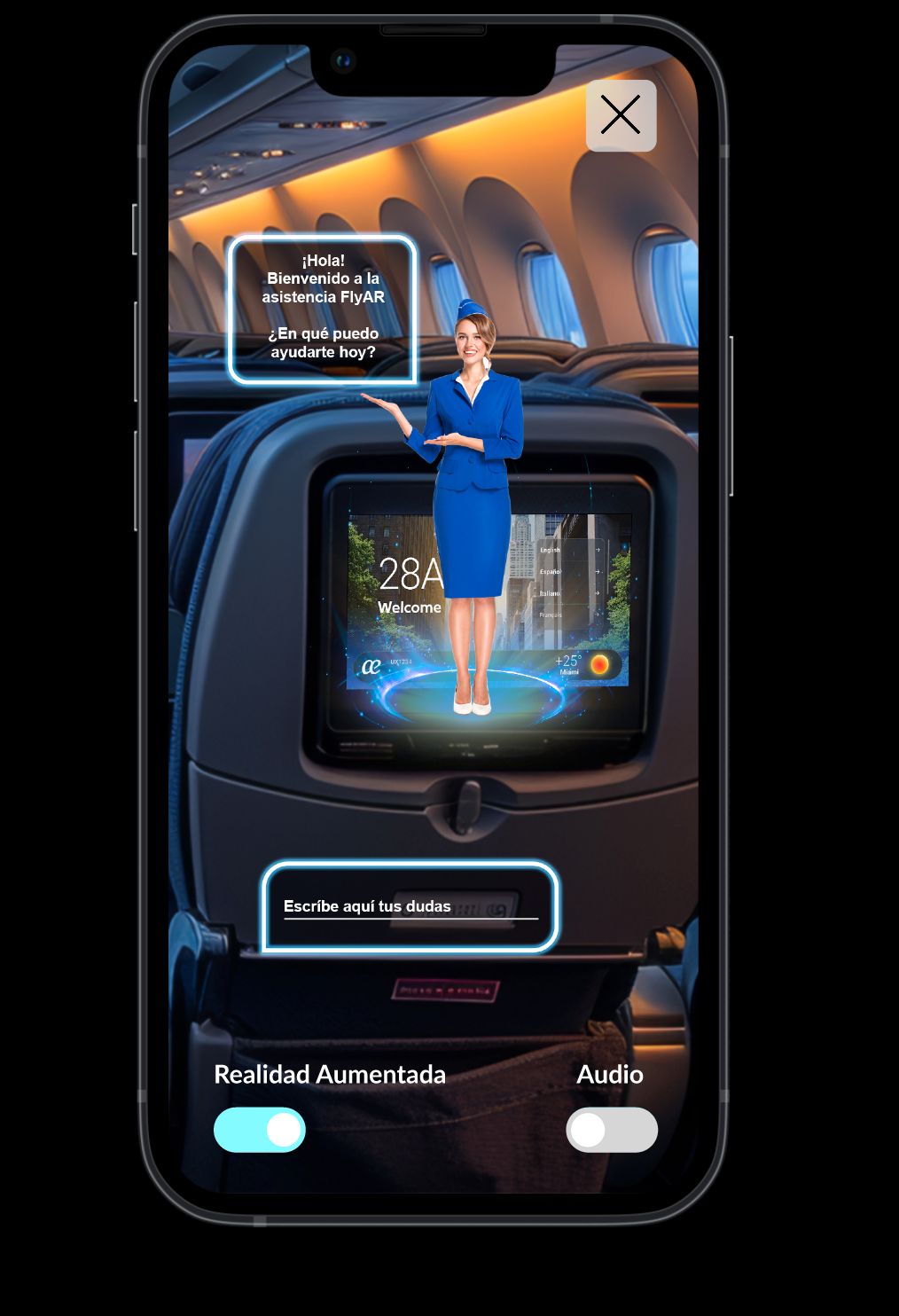
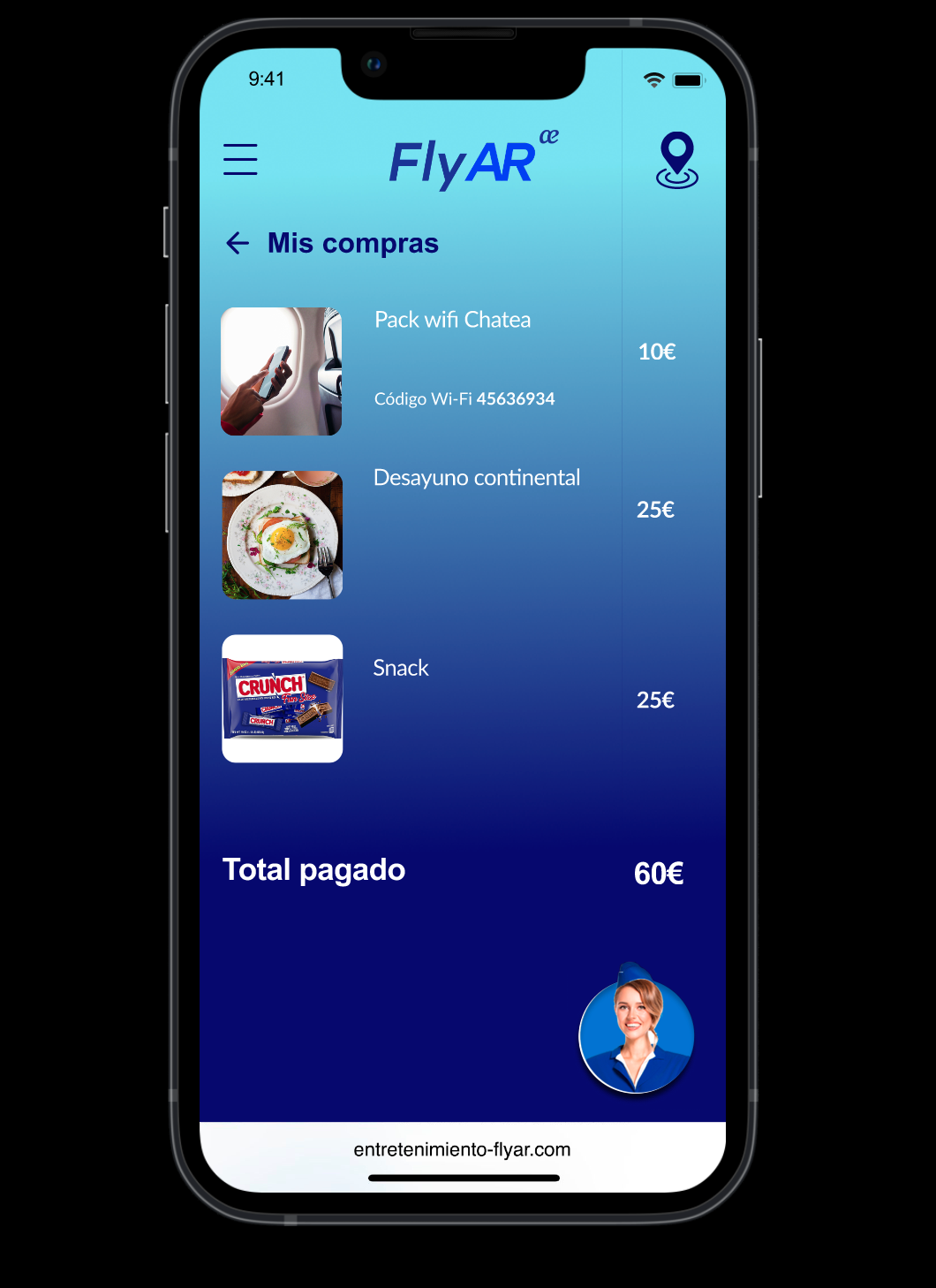
To validate the design, I conducted remote usability tests with a group of frequent flyers. Users responded positively to the clearer layout and faster access to critical tasks. Most participants said they would feel less anxious using the AR feature in crowded airport environments. Based on feedback, I refined several UI elements including icon clarity, contrast ratios, and the AR onboarding sequence to ensure smooth adoption.
At the end of the program, I presented the full prototype and design rationale to the client. While FlyAR was developed as a concept project during my Master’s program, user testing showed a significant reduction in navigation time and increased user satisfaction scores compared to the existing portal. The project demonstrated how a research-driven, immersive approach could not only streamline essential travel interactions but also elevate Air Europa’s brand perception by introducing innovative, engaging experiences for passengers.
Motion graphics video to introduce the final product
